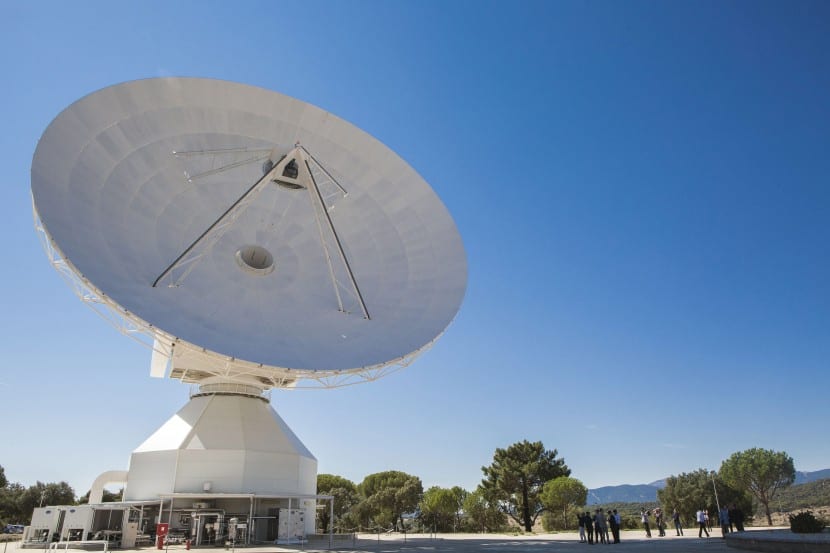
Just when we live in a maelstrom where practically it seems that everyone begins to worry about the ways in which they communicate with others, leaving behind more than recurring themes of whether one way is safer than another or whether certain organisms spy on us Governments, today I want us to go a little further, that is, try to understand how someone can communicate with a probe that today moves through the confines of the known universe. Today we will see how ESA communicates with its probes.
At this point, imagine that you are responsible for communications and you need to get in touch with all the probes that will sooner or later travel through outer space and, of course, you cannot afford the luxury of losing packages as if an audiovisual communication were treated. The first thing you have to do, thinking above all about the rotation of the earth, is install antennas all over the worldin this case separated by 120º from each other. Thus, for example, we find facilities belonging to ESA in Cebreros (Spain), Malargüe (Argentina) and Nueva Norcia (Australia). One more example we would have, of course, in those installed by NASA that are in Goldstone (United States), Canberra (Asutralia) and Robledo de Chavela (Spain).
Different diameters depending on how far the probe is
Before continuing I would like to clarify a critical point in this story, surely when you have seen the photos in some ESA center in Spain you will have noticed that there are several antennas, this has a very simple explanation that in turn serves to explain certain aspects of this same input and is that depending on its diameter it is used to monitor and communicate probes that move in deep space, they usually have some 35 meters in diameter and there are only three monitoring stations in the world, the one mentioned in the previous paragraph by both ESA and NASA, while the others, with diameters of 15 meters, they serve for missions of much closer probes and satellites. As a detail, tell you that, for example, ESA has six other stations dedicated to monitoring nearby probes.
Once we have all the necessary antennas installed in strategic areas around the world, it is time to develop a protocol to connect with probes that, in the best of cases, are more than 2 million kilometers from the earth. For this we need mobile structures with the capacity to be turned in any direction that weigh over 620 tons with enough capacity to transmit radio signals of up to 20kW of power.

Regarding reception, the signals from the probes or satellites, upon reaching the antenna, are reflected in the enormous collecting surface and are amplified to later be sent to a series of metallic dichroic mirrors to separate the signals. radio signals with frequencies of 2 and 40 GHz. Once the signals are detected, they are sent to a center located in Darmstadt (Germany) where the telemetry is separated from the scientific data and, once managed, they are sent back to ESA.
According to statements by the director of the Cebreros station, Lionel hernandez:
We have a very planned schedule. We know that now we are done with Rosetta, probably, and that in two hours we will be moving to Mars Express. All of this is completely automated, we do not operate here. The team only operates in the critical phase of a mission. If not, everything is controlled remotely from Germany. Everything is automated, the antenna is programmed so that, at that time, it will point to Mars Express and follow it for five hours.
Little by little all these transmission bands are being updated so that, depending on the mission, and especially its year of launch, the speeds are much higher thanks to this we have, for example, Mars express whose retransmissions are downloaded at a speed of 228 kbps while for the space telescope Euclid, once it is launched, transmission is expected to be around the 74 Mbit / s.